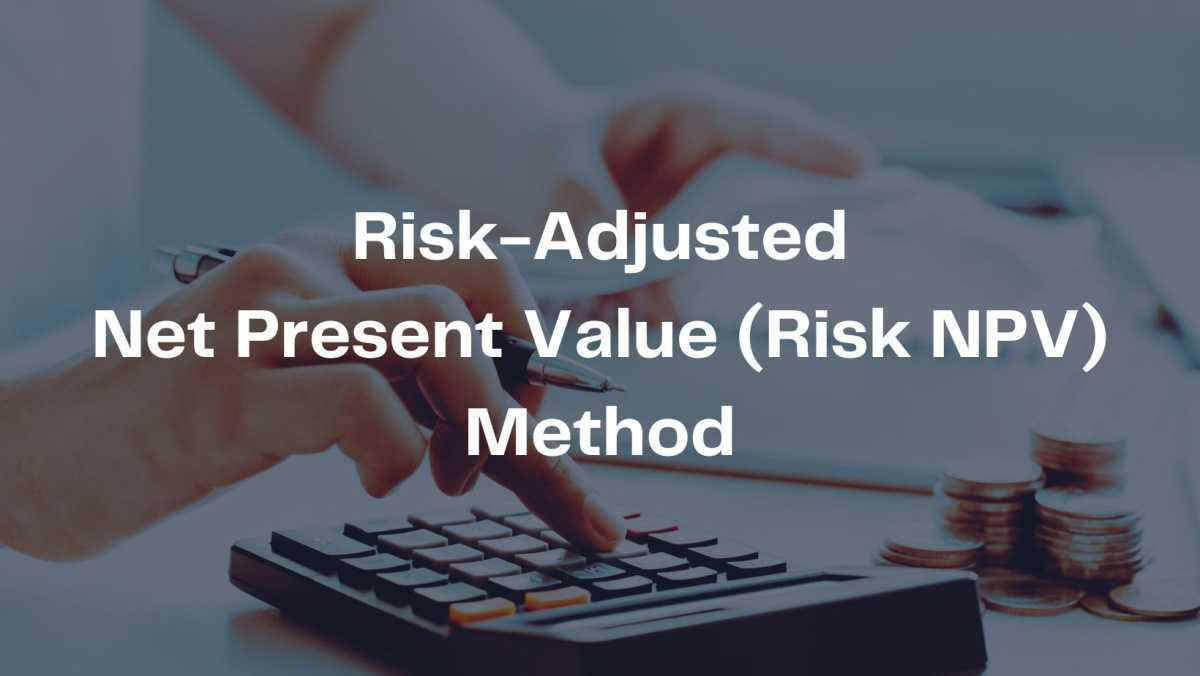The Risk-Adjusted Net Present Value (Risk NPV) Method is an advanced valuation approach that incorporates the risk and uncertainty associated with future cash flows. Unlike the traditional Net Present Value (NPV) method, which uses a static discount rate, the Risk NPV method explicitly adjusts cash flows or the discount rate to reflect varying risk levels in different scenarios.
The method is particularly well-suited for valuing biotech and drug development projects due to the inherent risks, long development timelines, and binary outcomes associated with clinical trials and regulatory approvals.
Procedures to Perform the Risk Net Present Value (Risk NPV) Method
1. Define the Project Scope and Objective
- Determine the specific drug or biotech project being valued.
- Define the valuation date and the development stage of the project (e.g., Pre-Clinical, Phase I, Phase II, Phase III, Regulatory Approval).
2. Map the Drug Development Lifecycle
- Break down the development process into key stages:
- Pre-Clinical: Laboratory and animal testing.
- Phase I: Safety and dosage testing on small groups of healthy volunteers.
- Phase II: Efficacy and side effects testing on a larger group of patients.
- Phase III: Large-scale testing for safety and efficacy.
- Regulatory Approval: Submission to regulatory bodies (e.g., FDA, EMA) and awaiting approval.
- Commercialization: Launch and market penetration.
- Determine the timeline and expected duration for each phase.
3. Estimate Cash Flows for Each Stage
- Prepare cash flow forecasts considering different scenarios:
- Upfront Costs: R&D expenses, clinical trial costs, regulatory submission fees.
- Milestone Payments: Payments from potential licensing deals or partnerships.
- Revenue Projections: Sales forecasts if the drug reaches the market.
- Operating Expenses: Manufacturing, distribution, marketing, and administration costs.
4. Assign Probabilities of Success for Each Stage
5. Calculate Expected Cash Flows
- Apply the probabilities of success to the projected cash flows for each stage.
- Discount cash flows that are contingent on successful completion of earlier stages.
6. Determine the Risk-Adjusted Discount Rate
7. Calculate the Present Value of Each Stage
8. Sum the Present Values to Calculate the Risk NPV
9. Perform Sensitivity and Scenario Analysis
- Analyze how changes in key assumptions affect the valuation, including:
- Success Probabilities: Impact of higher/lower probabilities at each stage.
- Discount Rate Variations: How changes in risk perception affect NPV.
- Sales and Market Penetration: Different scenarios for market adoption and competition.


